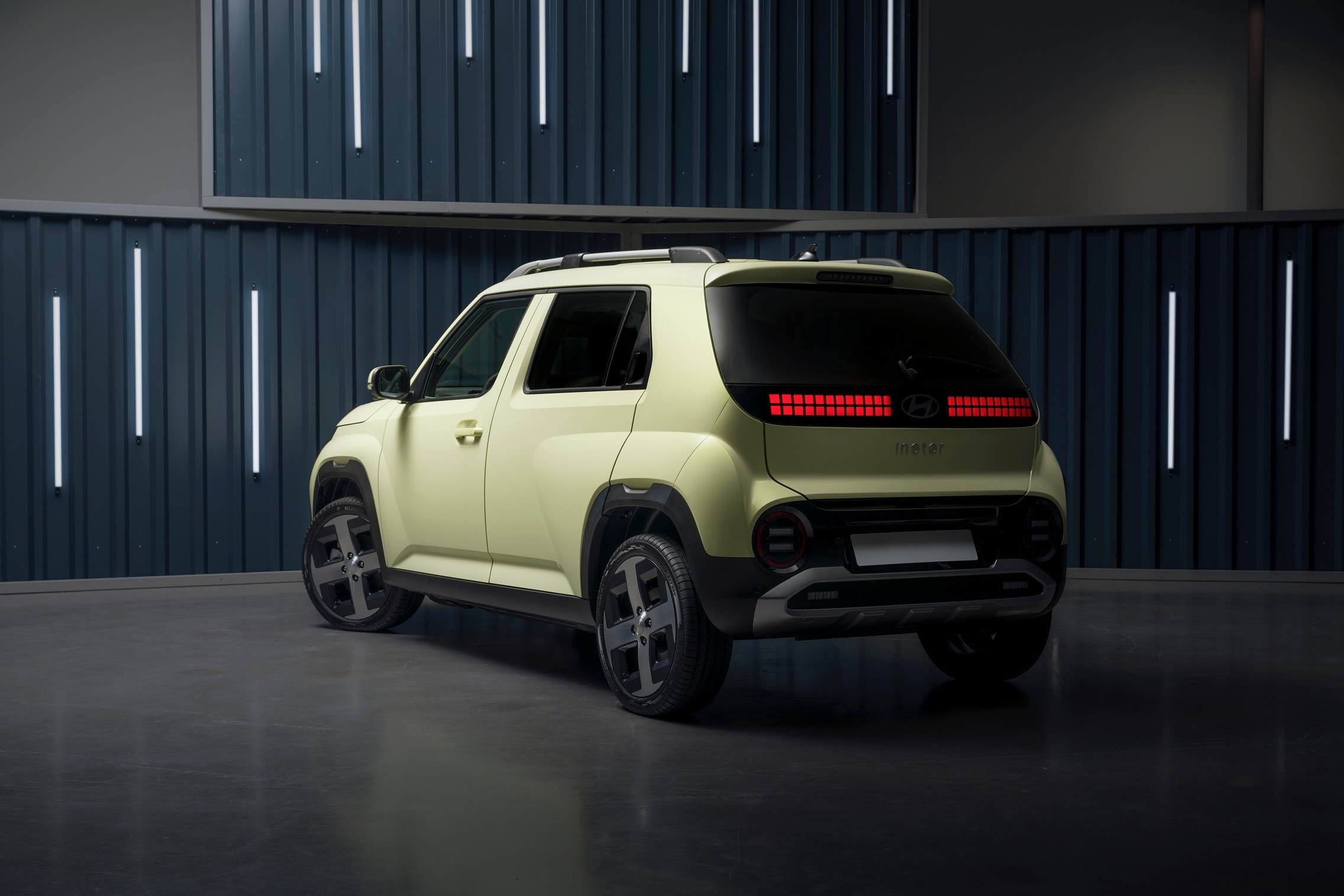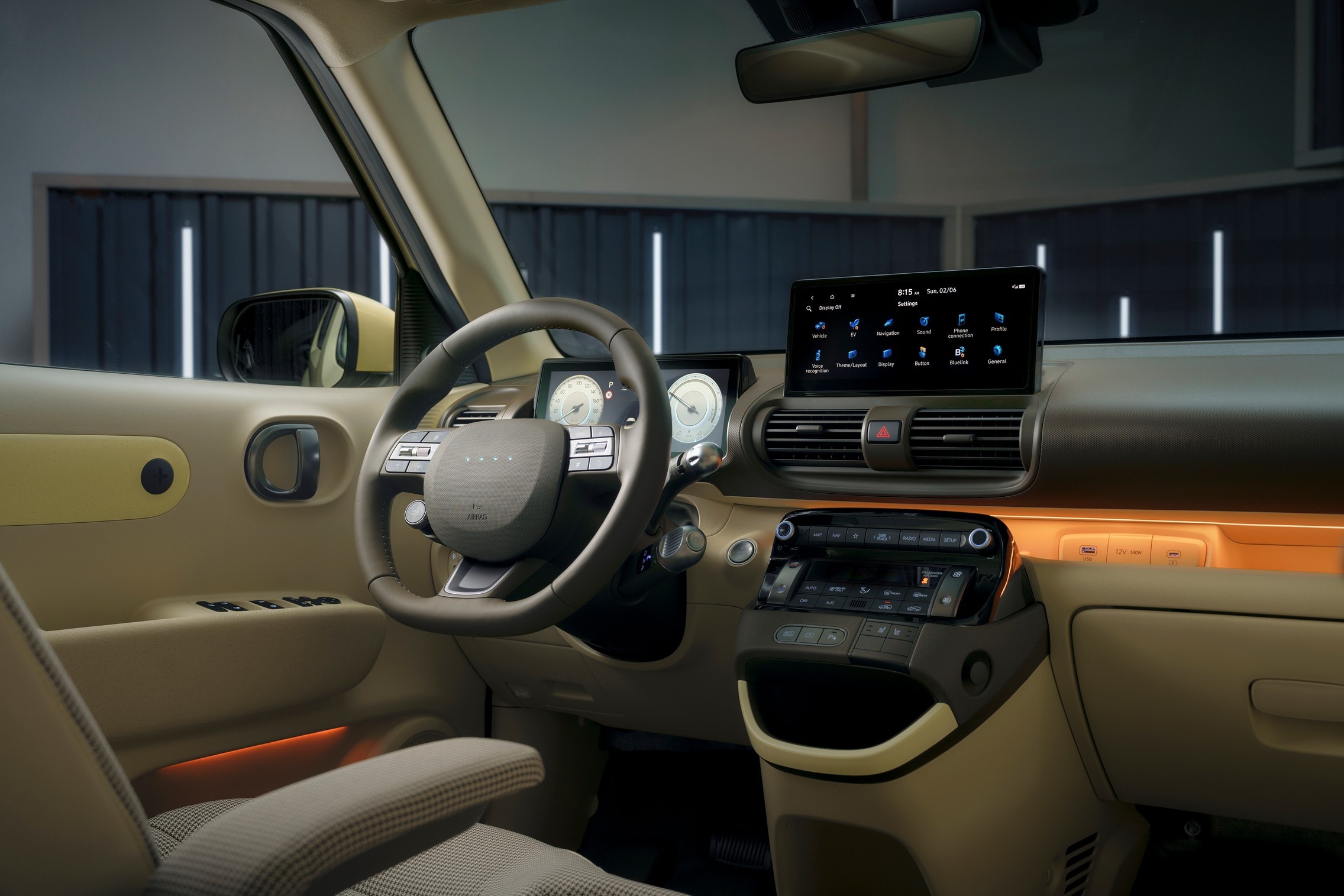Hyundai’s Inster, a small electric crossover SUV, has recently entered the European market. Based on the K1 platform, the Inster is the electric version of the Casper, a quirky-looking city car. Its size places it between the A and B-segment SUVs, but its pricing has raised eyebrows in the UK market.
Priced at £23,495, the Inster is significantly more expensive than its competitors, such as the Dacia Spring and Citroen e-C3. This pricing strategy has led many to question whether the Inster is a viable option for European consumers.

While the Inster offers a unique blend of style and electric power, its high price tag may deter potential buyers. The Dacia Spring, for example, is significantly cheaper and offers a similar range. Additionally, the Citroen e-C3, which is slightly larger than the Inster, is also more affordable.
Hyundai’s decision to price the Inster so high is likely due to a combination of factors. The company may be aiming to position the Inster as a premium electric vehicle, targeting consumers who are willing to pay a premium for its unique design and features. However, this strategy may limit the Inster’s appeal to a wider audience.
It remains to be seen whether the Inster will be a success in the European market. The high price tag may be a significant obstacle, but the Inster’s unique design and electric powertrain could also attract a niche audience. Only time will tell if Hyundai’s decision to price the Inster so high will pay off.

Despite its unconventional design, the Hyundai Ioniq 5 offers a compelling package for those seeking a compact electric SUV. Featuring pixel inspired lighting, a two tone exterior, and stylish alloy wheels, the Ioniq 5 stands out from the crowd.
Inside, a spacious cabin with a dual-screen setup and ample cargo space provides a comfortable and practical driving experience. Powered by a single electric motor, the Ioniq 5 offers two power options and a range of up to 229 miles on a single charge, making it a practical choice for daily commuting and longer trips.

